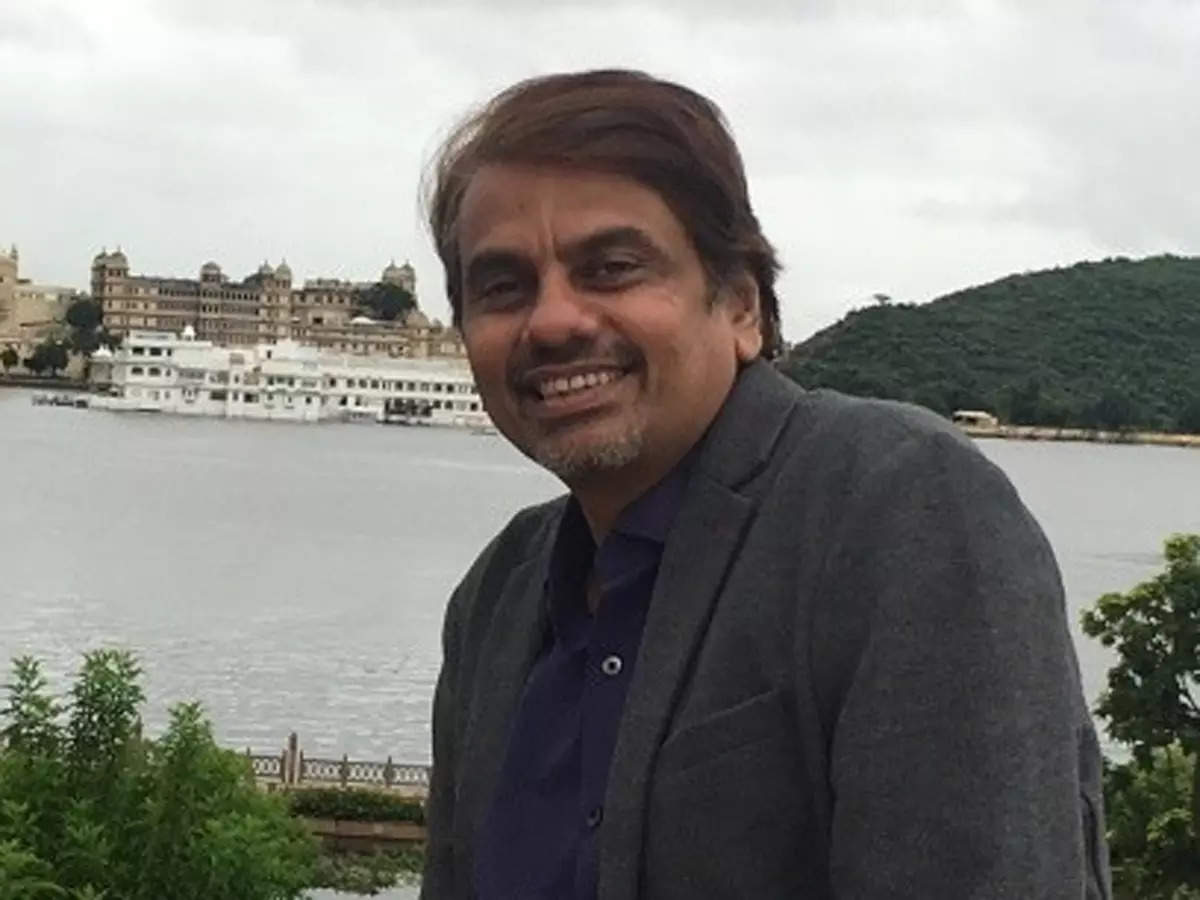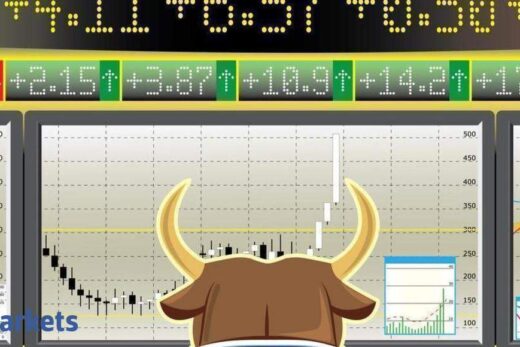At the start of March, there was talk in the market that seasonally March turns out to be volatile because of a lot of adjustment happening in advance tax numbers, then a lot of leverage guys do reshuffling and usually it is a bit volatile. But the big factor that came out is that in net-net, people made a lot of gains this fiscal. This is the eighth year in a row that we are seeing positive returns from the market. Do you see the construct of the market being easy in the new fiscal year or should investors’ return expectations be moderated this year?
Nirav Sheth: To answer your first question, I am very constructive on the economy; maybe constructive is not the right word. I am terribly bullish on the trajectory of the economy for the next several years, as we can see today. To the second part of your question, which is largely about whether we should moderate our expectations on the equity markets? Certainly. When I look at the mid and the smallcap space, I am still very constructive. But I believe the gains will be far more moderate than what we have seen in the last year because we had a stupendous run in the smaller index.
I do not get too perturbed about an eighth year of gain or ninth year of gains. We are in a very fortunate situation in terms of the earnings trajectory. If I am not mistaken, my earnings have almost doubled in the last three years and I am talking about the largecap sector. You have got solid macros in terms of the outlook on the current account deficit, rupee, interest rates, earnings. And when you have got all the cylinders firing, you generally do not expect valuations to come cheap. You will have to take some level of risk. So sitting where I am today in terms of what we can see, I would go out and say that India could end up in a bubble territory in the next three, four, five years in the emerging market universe.
I would like to take that point forward. We have good earnings growth when we see a three- to four-year picture. But the quarter gone by saw the lowest amount of earnings surprises in several quarters and one section of the market believes that in the next two quarters, the top line growth rate may sober down, particularly for the smallcap and midcap end of the market. What are your thoughts on this?
Nirav Sheth: First of all, when it comes to midcap and smallcaps, I will not generalise because they are very bottoms-up. Secondly, even when you want to look at midcap and smallcaps, trying to look at one particular quarter or even two quarters and trying to extrapolate in terms of what happens over the next two years is largely a futile exercise. Markets are very forward looking. Sometimes the stocks will react to the order inflow, sometimes they are going to react to the margin uptakes.
The key thing is there are certain templates that have been created in the market. We know that B2B is picking up, the capex cycle is undergoing a solid recovery and therefore the whole idea about doing the right kind of research is that can you pre-empt what are going to be structural stories and what are probably sort of toppish in terms of their cyclical outlook. I would argue that there are far too many ideas happening from a structural perspective and I suspect that when people talk about the valuations, they are missing this point. The longer you can see, the higher PE will be. It is essentially about your conviction in the long-term earnings trajectory.
The popular narrative now building is that India may actually follow the US in terms of rate cut and that too could be backhanded in nature in India, which means last quarter or maybe first quarter of the next and very shallow. What are your thoughts on rate cut? Is it right to expect a deep rate cut cycle and will it cause corporate India’s cost of capital to come down in a huge manner?
Nirav Sheth: That is a very good question. So, A) I am of the view that you do not necessarily have to have an in sync monetary policy with what the US does. Our inflation overshoot was significantly lower. So, we have done very well in terms of our inflation outlook, even when the whole world was facing double digit inflation.
I think we picked up pace at the right point of time. I believe that what the government is trying to do and very rightly so, is try and bring structural inflation down to sub-4%. So while the band talks about plus or minus 2% on 4% anchor variables, I think they want to narrow it. And I think it is very important because if you look at India, the biggest problem has been that we have historically run a high current account deficit, which leads to rupee depreciates and then inflation comes in and therefore rupee depreciates more.
Just think of it; oil, whether we like it or not, about eight-nine years back was still about $80-90. You got today oil trading at about $80-90, yet the price of the diesel and petrol has doubled from roughly about Rs 50 to about Rs 100. It is not only petrol diesel, we have petrochemical stuff like that. So, we do not appreciate the damage that an excessive depreciation does on an economy, it completely distorts the cost structure. We are changing that. Now to answer your question, I think what they have done is that while the rates are stable, they have still tightened the policy while mostly running the LAF window in deficit. The first thing we will see is that they will probably move into neutral territory as far as the LAF surplus is concerned and then I suspect that once they get confidence about the outlook on inflation, you will start cutting the rates, that is a trajectory. And a big help to this would be how your rupee behaves. Just look at the last data print. You have got a trade deficit, which is roughly about $18.5 billion. The surplus is $16.5 billion. We are virtually getting into neutralish current account deficit numbers. That is a big structural positive. We have not even talked about improvement in manufacturing exports.
What about you? What to watch out for?
Nirav Sheth: The theme for us is capex recovery and I believe that the entire chain of capital goods and within that, green energy or thermal. There was a big shortage in that entire space and it will require a hell lot of capital for those things to start humming again. In financials, I tilt completely towards PSUs where the valuations are in favour with a similar ROE and earnings profile and also infra related NBFCs. They will have a far bigger AUM growth. These two themes stand out for us.




